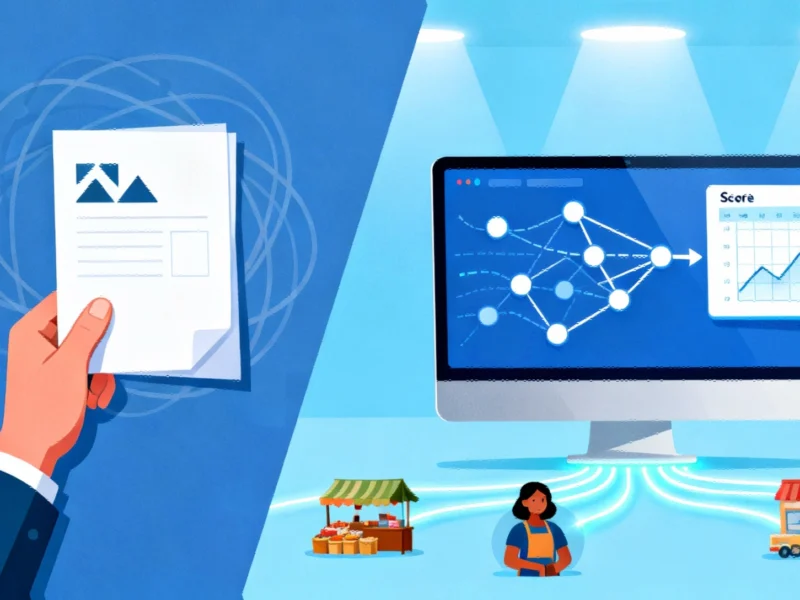Anonymous Message System Prints Directly to Receipt Paper
A developer has created a novel communication system where anonymous online messages print directly to a physical receipt printer, sources indicate. Andrew Schmelyun’s project uses a Raspberry Pi 4 to host a website that accepts public submissions and outputs them on thermal paper complete with timestamps. The setup represents an unusual intersection of web technology and physical computing that has attracted widespread attention.
Technical Architecture Behind the Receipt Printer Project
The entire system operates through a carefully engineered pipeline, according to technical documentation. A local web server runs on the Raspberry Pi 4 within Docker containers, while public internet traffic reaches the private network through Cloudflare tunnels. On the backend, a PHP application generates specialized ESC/POS printer commands and delivers them directly to the connected receipt printer via the /dev/usb/lp0 interface.
Analysts suggest this approach demonstrates how consumer-grade hardware can create novel interactive systems. The project’s complete technical breakdown is available on Andrew’s blog, with open-source code published on GitHub for community experimentation and adaptation.
Unexpected Creative Submissions From Anonymous Users
Since launching the public-facing message system at ping.aschmelyun.com, the receipt printer has produced a surprising variety of content, the report states. According to shared examples, submissions have included:
- Multiple fake fast food orders, including one demanding “FISH AND CHIPS” in all capital letters
- Childish bathroom humor messages
- Personalized jokes about the developer’s surname
- Detailed ASCII art depicting wildlife
- Geographic coordinates from France
- Philosophical paragraphs about technology frameworks
Despite potential concerns about anonymous messaging, sources indicate the developer has embraced the unpredictable nature of the submissions and enjoys the creative output.
Broader Implications for Interactive Physical Computing
This Raspberry Pi project highlights growing trends in internet-connected physical devices and creative computing applications. Similar approaches could influence various industry developments and related innovations in human-computer interaction.
The integration of web infrastructure with tangible output devices represents an interesting direction for recent technology projects. Meanwhile, the entertainment and gaming sectors show parallel growth in interactive experiences, as seen in market trends across digital platforms.
According to reports, such projects demonstrate how accessible hardware and software tools continue to lower barriers for creative technological experimentation, enabling both developers and casual enthusiasts to bridge digital and physical worlds in novel ways.
This article aggregates information from publicly available sources. All trademarks and copyrights belong to their respective owners.
Note: Featured image is for illustrative purposes only and does not represent any specific product, service, or entity mentioned in this article.



